
Yves Le Prieur
Le Prieur was born on 23 March 1885 in Lorient, French Brittany. Son of a Navy officer, Yves Paul Gaston Le Prieur following the family tradition in 1902 enters into the École navale (Navy school). After the academy, between 1905 and 1907 he spends a first service in the Far East, on board of some cruisers; and it is there that he discovers “free” scuba diving. During this period, he makes some dives with the surface-supplied diver suits used at that time, having the possibility of understanding their limits. In 1908, being experienced in the language, he was sent to Japan as student-artist and interpreter at the French Embassy. There, he discovers martial arts, in particular judo and jiu-jitsu, of which he translated a manual in French published in 1911. Passionate of flight problems, together with a Japanese Navy lieutenant and a Professor of Tokyo university, he decided to build a glider with bamboo frame. Le Prieur pilots this aircraft for about hundred meters and he becomes the first man to have ever made a flight in Japan. In 1910 he returns to France and, at the surge of the 1st World War, embarks again as lieutenant. During the war period, he dedicates mainly to perfectioning artillery firing systems. At the end of the war, his research work towards flight safety commits him more and more and prevents him from going back to sea; so, he leaves Navy, remaining as reserve as corvette captain. In 1925, in the “Industrial and technical Exposition” of Paris he gets excited about what is happening, and later declares:
" At the Industrial and technical Exposition of 1925 at the Grand Palais of Paris, people was coming from all over the places
To see a diver in bathing suit inside a glass tank while he was cutting some steel plates underwater, using an oxyacetylene torch. There, I see for the first time,
a flame burning underwater. And, for the first time, I also discover a diving device
much simpler then the Rouquayrol-Denayrouze suit which I tried twenty years before in Indochina to which I owe the discovery of the underwater world.
This device is the Fernez, created by its inventor specifically for the coral hunters of the Mediterranean Sea".
These are the words with which Yves Le Prieur will trace the way to an area dear to us, and will hand us out the key for the deep world in all freedom and autonomy.
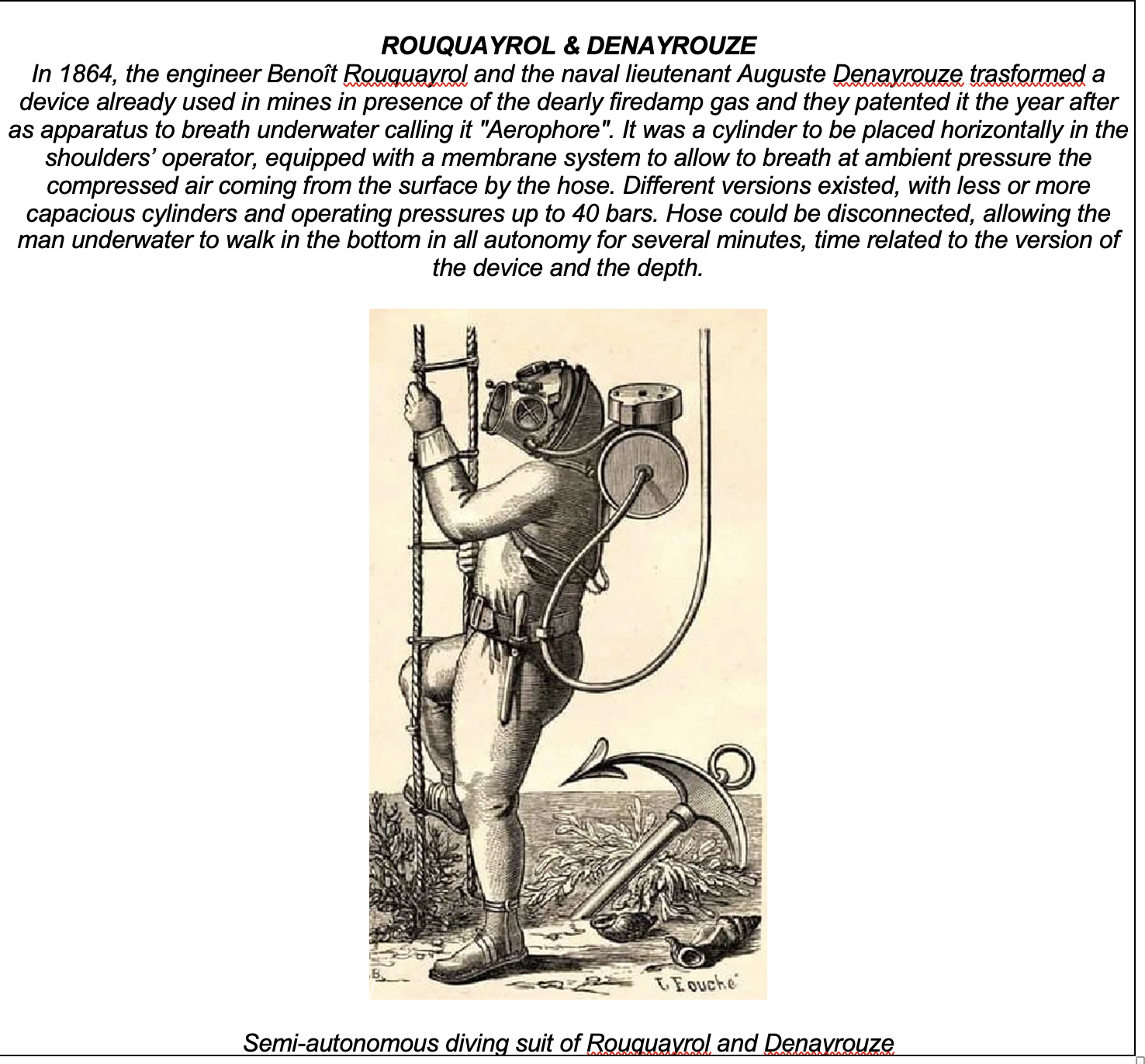
In order to happen, Le Prieu understands from the beginning that a person must have his own autonomous system. So, he agrees with Maurice Fernez to improve his breathing system to adapt it to a surface-supplied suit more versatile of those used until then. They decide to put together a 3-liter Michelin bottle filled with compressed air at l50 bar, that it was very spread during that time to inflate car tires which, by mean of a simple harness, is attached to rear part of the body.
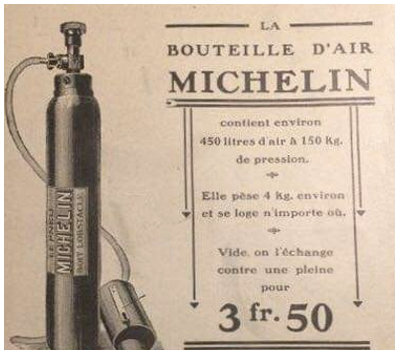
As reducer, he applies to the botte a simple pressure reduced with pressure gauges clearly visible to indicate both the air remaining pressure then the operating pressure.
The supply system is a continuous flow adjustable with a precise manual control, with a connection to the diver’s mouth by a rubber hose with, at its extremity, a mouthpiece. Goggles and a nose clip, forerunner of the modern nose clip, completed the system. After several attempts, on August 6, 1926 Le Prieur presents in Paris, in Tourelles swimming pool his creature as "Fernez-Le Prieur gear", the first diving gear which frees any man from whichever link with the surface. After, Fernez completely left the exploitation of this invention to his associate Le Prieur, who further perfectioned it in 1933 by patenting it under the name of "Le Prieur autonomous gear".
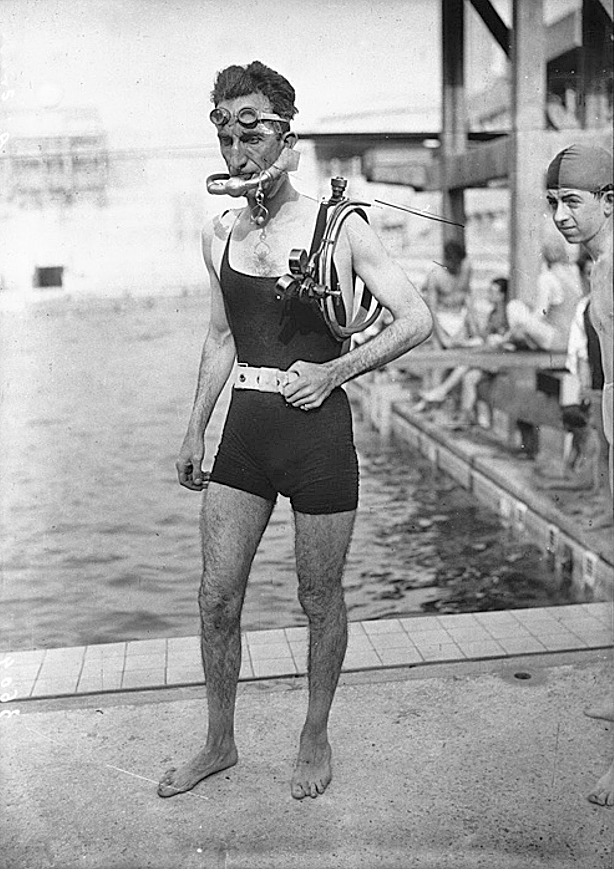
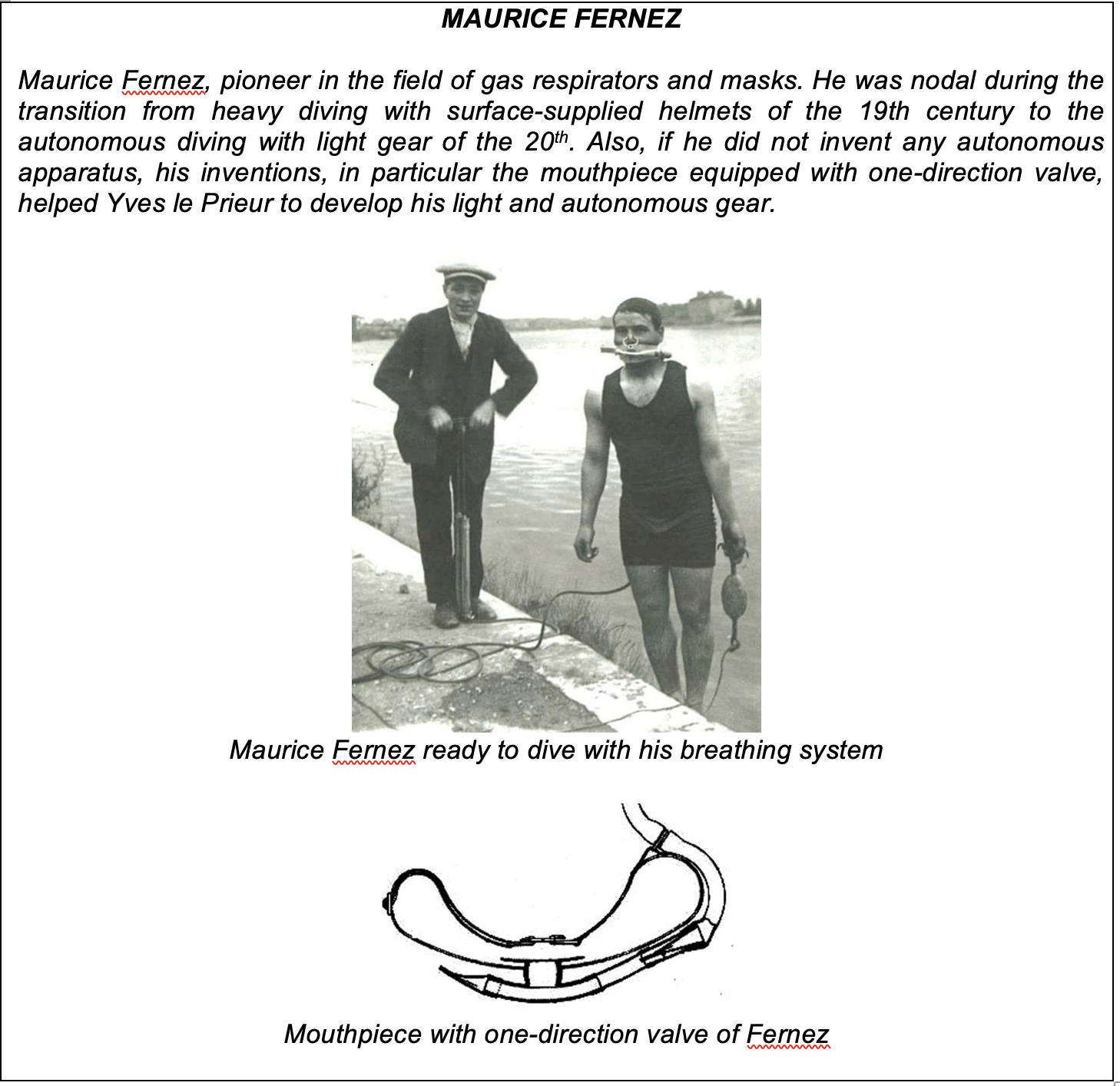
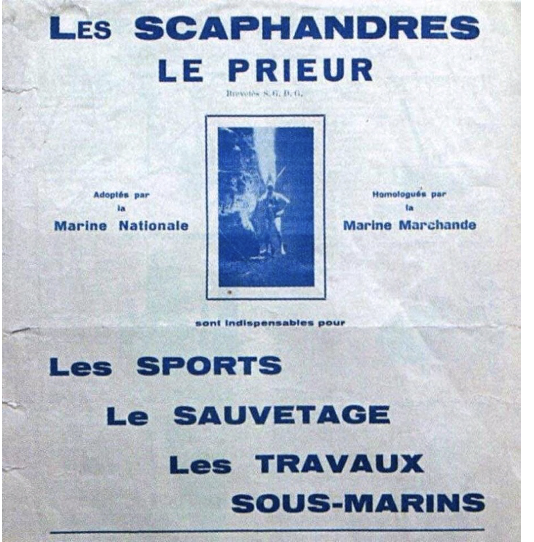
Thereafter, Yves Le Prieur begins to invent a large number of diving accessories and, also if they seem of common use now, there were not before the World War II.
Here are some of them:
-- The isothermal suit, or a waterproof suit.
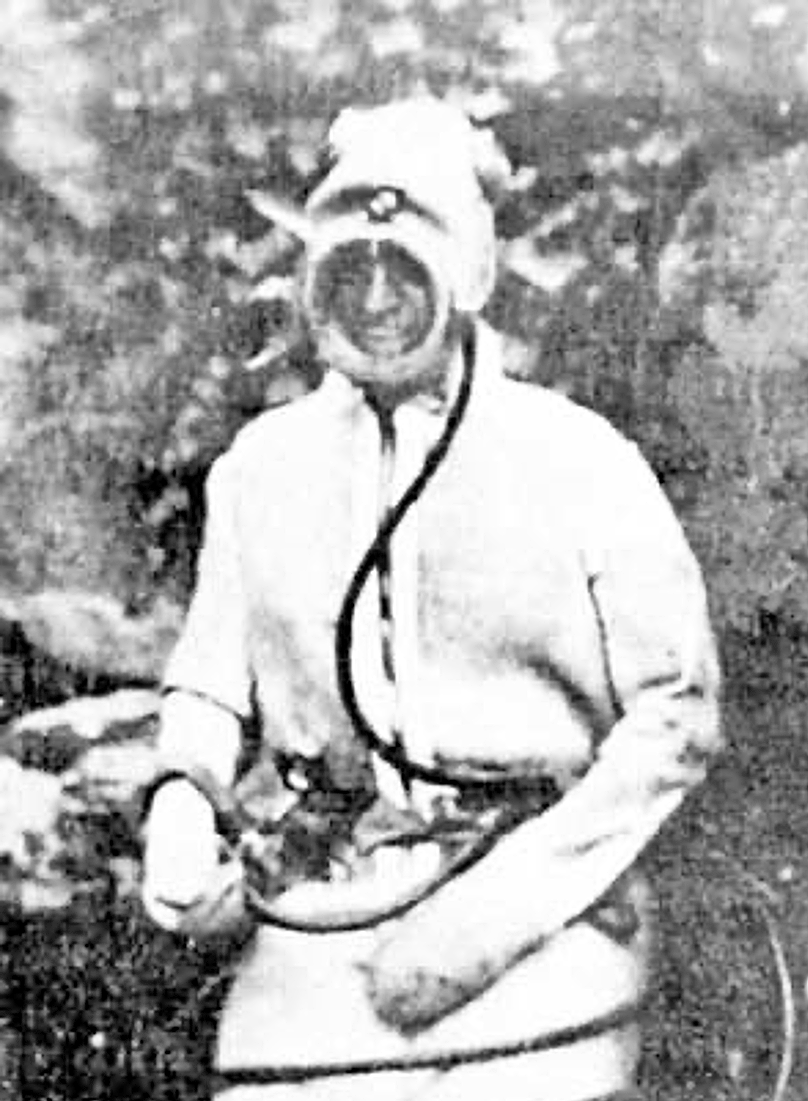
-- A waterproof Contax camera case, made from 2 mm galvanized sheet metal and 12 mm thick optical glass.
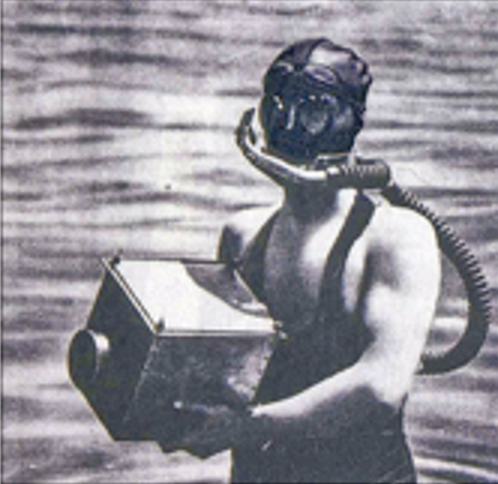
-- A waterproof film case with which he created extraordinary sequences, including those in 1937 of the crew exiting the emergency air chamber of the Redoutable submarine with each man equipped with the Davis apparatus. These 20 minutes of film will be projected in 1938 for the Oceanographic Institute of Monaco. Later, this sequence will be copied also by Cousteau in A Dive of the Ruby; in reality, Cousteau imitated and copied much of Le Prieur genius.
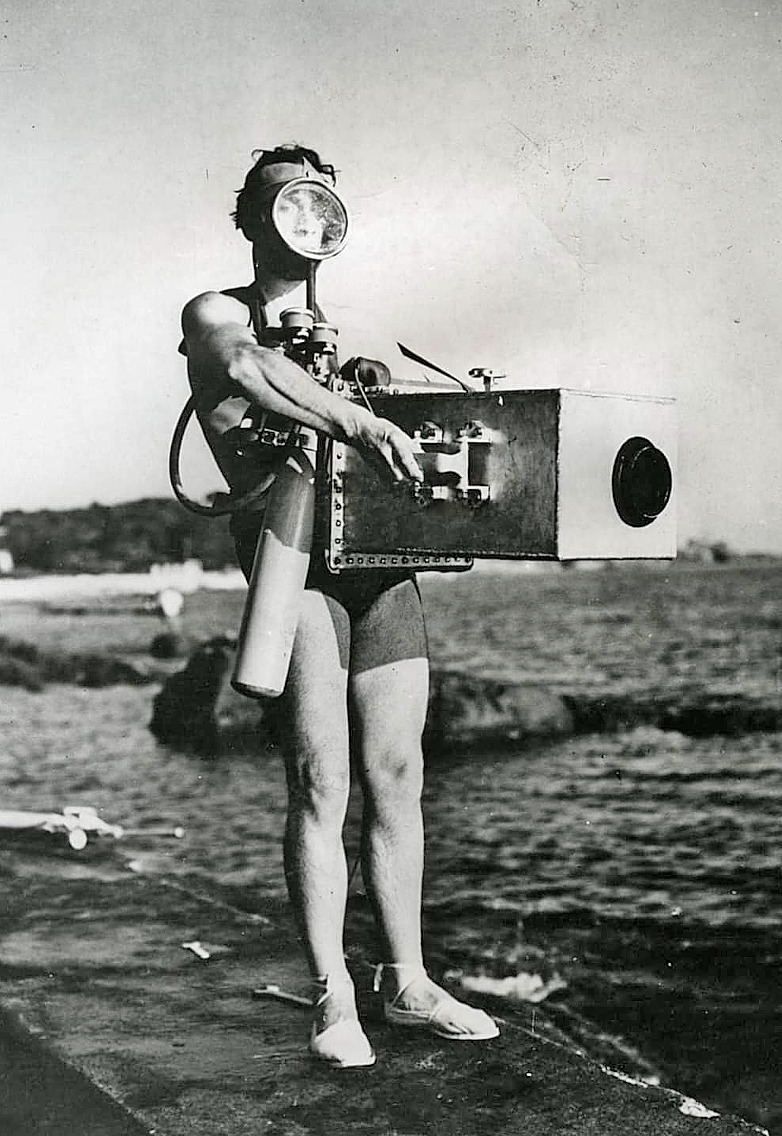
-- A diving speargun, on which Le Prieur installs a small air compressed cylinder at 150 bars in a normal land rifle; when the trigger was hit, a certain air compressed quantity was shot into the gun, to move a rod with a harpoon. However, seen that the pressure into the cylinder decreased too quickly compromising its regular functioning, he changes compressed air with cartridges containing 0,9 gr. of gunpowder. Besides being a pioneer of the inventions, Le Prieur was also a pioneer of problems which he soon had to face with fishermen. In fact, in 1937, after the intervention of the fishermen labor union of Var, the use of the Nautilus Le Prieur speargun was banned!


-- Different models of mask and rubber bank spearguns and several other objects.
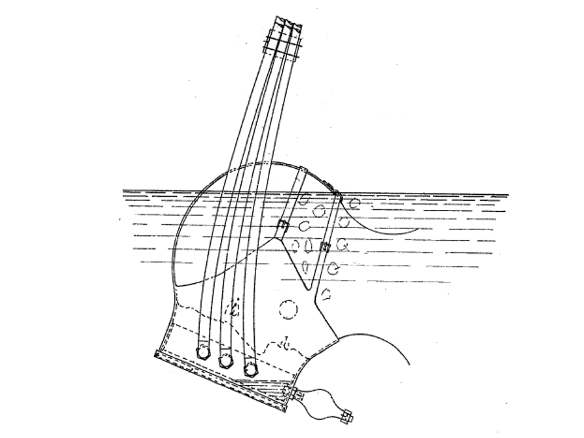


Besides being an inventor, Le Prieur has also been a pioneer of many initiatives linked to diving. From the birth of underwater archeology with the very first studies in the Fos-sur-Mer area, to underwater speleology. Another record we must address to this big of diving is that he founded in 1935 in Paris the Club des Sous I'Eau together with his great friend, the director Jean Painleve and the first diving school, of which he was also the first instructor.
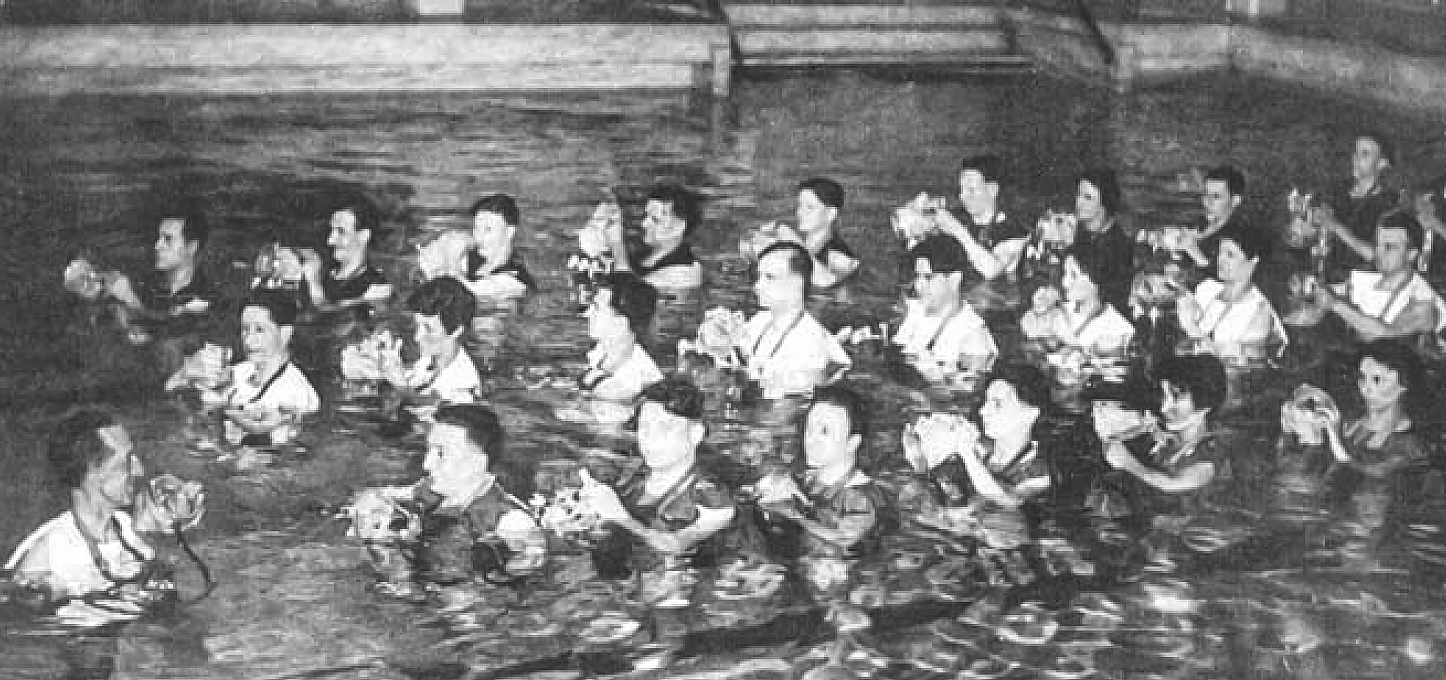

Although we remember Le Prieur for his contribution to the diving development in all its technical aspect, in reality his scope of expertise was extremely wider, to include several military and civil patents, from the aviation to ballistic. This attitude brings Le Prieur to be named in 1917 Head of invention department, ancestor of CNRS and, in 1920, technical director of Précision Moderne by the President Poincarè. In this period, considered his positions, he mainly dedicates to air safety with the development of the gyro-inclinometer, an instrument which allows seaplanes to land without visibility, and a device to correct the aircrafts’ route in flight. In 1925 with the Navigraphe invention he participates to the De Goÿs air mission through Sahara; considered the Navigraphe excellent functioning, later he will be adopted also by the Military Navy.
Le Prieur died in Nice on June 2nd, 1963 at 78, with all military honors and an enviable carnet: Commander of the Honor Legion, Croix de Guerre 1914-1918, owner of 12 medals both French and foreign.
_______________